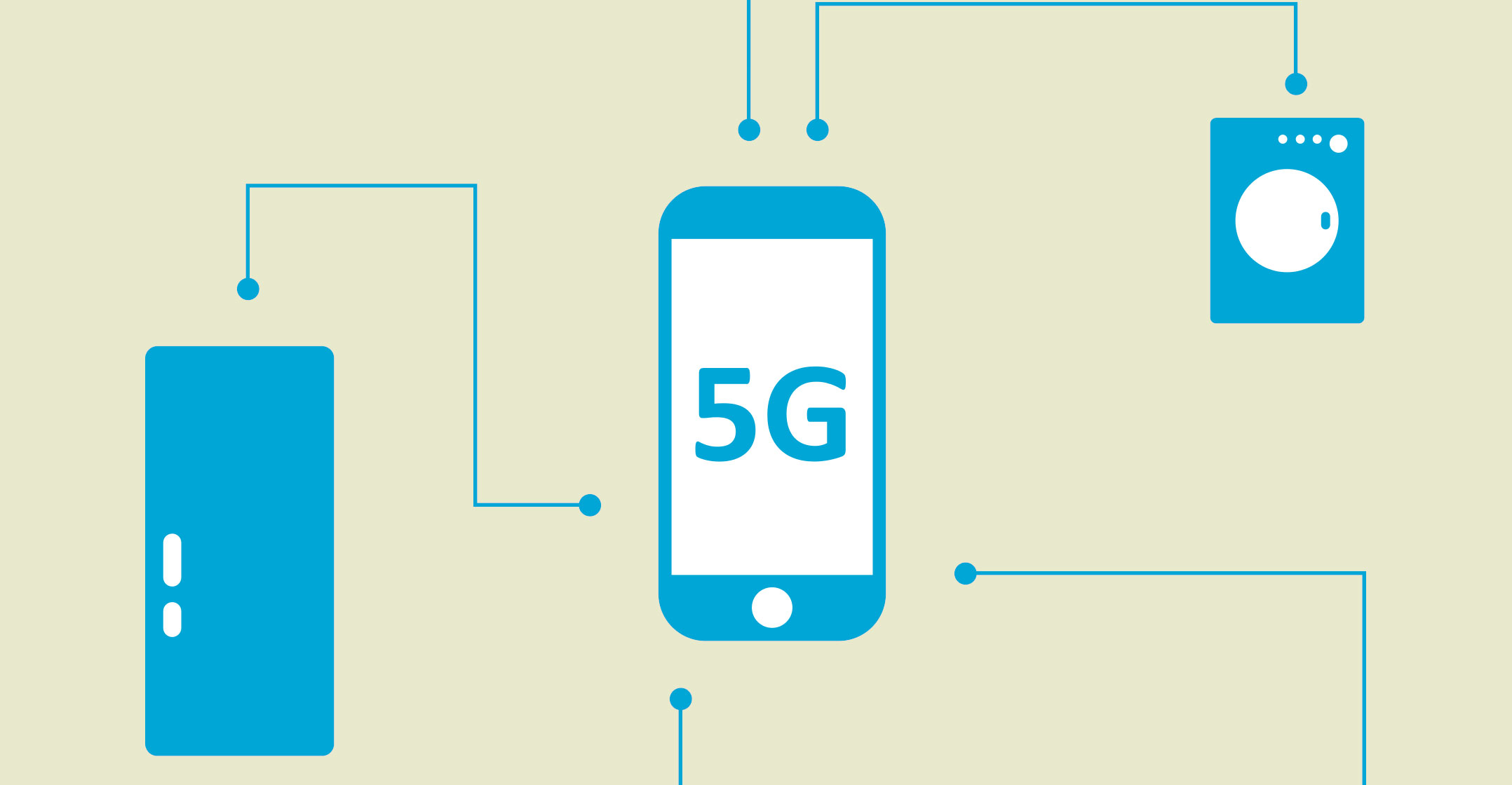 Apple is planning to bring 5G to the iPhone next spring, more than a year behind some rivals. The company can ill afford to let the timing slip.
Apple is planning to bring 5G to the iPhone next spring, more than a year behind some rivals. The company can ill afford to let the timing slip.
Apple’s most recent iPhone launch focused on camera improvements, and there was no mention of 5G, the latest, fastest wireless standard. Meanwhile, at least 20 5G smartphones are being rolled out this year by competitors including Samsung Electronics, Huawei Technologies and LG Electronics.
Waiting to embrace new wireless standards has been a good call in the past. When 4G arrived about eight years ago, the first handsets were fat and battery-sapping, and there weren’t enough of them. Network build-outs were slow and coverage was spotty.
Fifth generation, or 5G, is off to a much faster start. There were 31 commercial 5G service launches in 17 countries by the end of the second quarter of 2019, less than a year since the first offering, according to research firm IHS Markit. In contrast, it took about four years for a large number 4G roll-outs, the firm noted in a recent report.
Apple’s reliance on Intel modems cost it the chance to make this year’s iPhone 11 5G. The chip maker fell behind, forcing Apple to go back to Qualcomm for modems — but only in time for 2020.
In South Korea, KT Corp and SK Telecom already have millions of 5G subscribers. The carriers are offering trade-ins and incentives that slash the price of new 5G phones to less than US$200 from official prices of as much as $1 000.
Lessons learnt
Phone makers have also learnt lessons from early 4G mistakes. The 5G Samsung Galaxy S10 debuted in February. It is thinner and lighter, and has a larger screen than the previous 4G Galaxy S9 model. The S10 is heavier than the first 4G Galaxy handset eight years ago. But the new phone’s screen is much bigger, is half as thick and has a battery with twice the capacity.
That’s a striking contrast to the previous switch from 3G to 4G. Samsung’s first 4G smartphone was 27% heavier and 50% fatter than its 3G predecessor and yet had a smaller screen.
There are also worrying signs for Apple in China, the biggest mobile phone market. China Mobile, the country’s largest carrier, has more subscribers than the total US population. China’s three main wireless providers are switching on 5G service in October. They’ll upgrade as many as 130 000 base stations this year to 5G. AT&T in the US has about 70 000 base stations in total, for all wireless standards.

There’s already demand for 5G services, even before they’ve been switched on. China Unicom and China Mobile have about nine million pre-orders. That’s before customers know the price of the service, which hasn’t been announced yet.
On the handset side, Apple is facing rising competition from China’s Huawei Technologies and other domestic manufacturers that already sell 5G devices. The websites of China Mobile and China Unicom have 5G sections showing off handsets from Huawei, Vivo, Samsung and ZTE.
That leaves little wiggle room for Apple next year. “It’s critical that they have it in 2020,” said Geoff Blaber, an analyst at CCS Insight. If they can, “they’re going to be launching in the second half of next year right as coverage really starts to roll out”. — Reported by Ian King, with assistance from Mark Gurman, Scott Moritz and Gao Yuan, (c) 2019 Bloomberg LP




